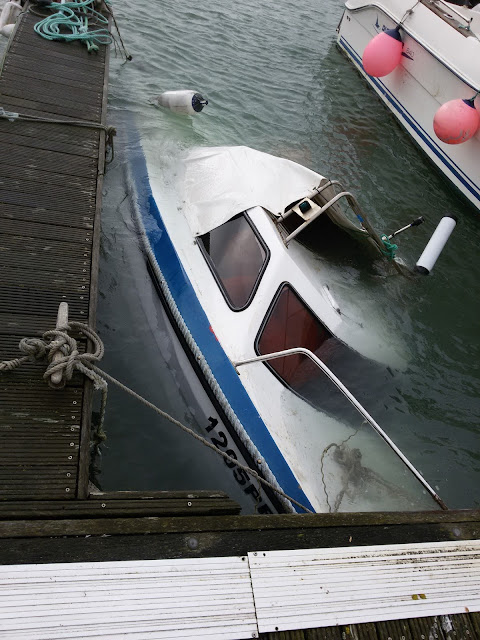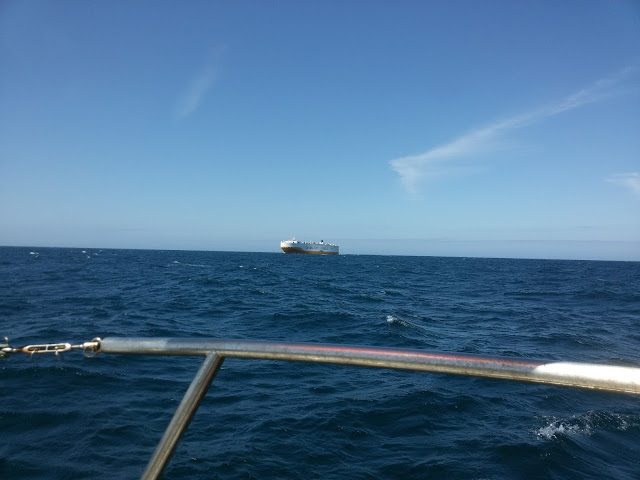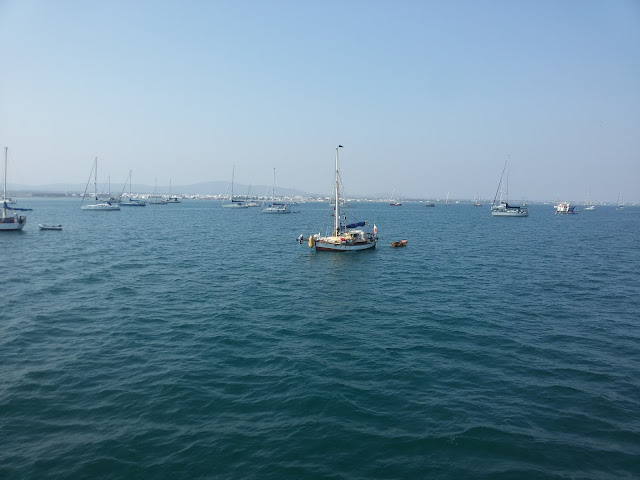"A man is never lost at sea." - Ernest Hemingway
Is Hemingway's motto also applicable to a mooring?
Jakatar has been on a mooring in Alvor since July 2019. What are the advantages and disadvantages of keeping a boat on a mooring 350 km from home compared to maintaining it at a marina 15 km away?
Marina - Mooring Costs Comparison
|
In Euros € |
Marina (Peniche, Portugal) |
Mooring (Alvor) |
Remarks |
|
Initial cost of mooring divided by 10 years |
0 |
40 |
Cost of
building a mooring. Built it myself suspended from the boat (see previous post) |
|
Yearly marina/mooring
fees |
1,650 |
0 |
|
|
Yearly costs of visiting the boat |
300 |
700 |
15 km to
Peniche x 100 visits 350 km to
Alvor x 10 visits |
|
Fenders and
lines / chain |
100 |
50 |
|
|
|
|
|
|
|
Total per year |
€ 2,050 |
€ 790 |
|
What I like (or used to like) about keeping the boat at a nearby marina:
1. Easy to visit without the need to take and deploy a dinghy;
2. Electricity and water on demand;
3. Other boaters to socialize with;
4. Easier to do boat maintenance and restoration work;
5. The annual 1-month round trip to the Algarve was always a mini adventure.
What I like about keeping the boat on a mooring farther away:
1. Visiting the boat is like going on a holiday, an escape;
2. Less expensive;
3. Greater sense of adventure, even though I already live in a beach town;
4. Less worries about fenders, dock lines and storms (the mooring field is way more protected, and I've never lost a minute's sleep due to bad weather.
Since I like both options, I should own two sailboats.
Ideally, I would buy a small inexpensive boat and keep it nearby for day sails. It is a somewhat known fact that small boats are sailed way, way more than larger boats. Haven't bought the small boat yet because I've been too busy crewing on friends' boats and on short and multi-day trips. Sailors have a hard life - too many choices.
Jakatar in the background, waiting for some action. On my last visit, on October 26, the sunken boat's mast was visible only at low tide. Somewhat dangerous in my opinion.
The channel leading to the entrance. I've never seen so many sailboats anchored/moored here in winter with people living/staying aboard. Must be virus refugees.
The anchorage basin
Alvor by night
Going for a walk on the beach. Ironically, I do a lot of walking on land when I visit Jakatar.




























